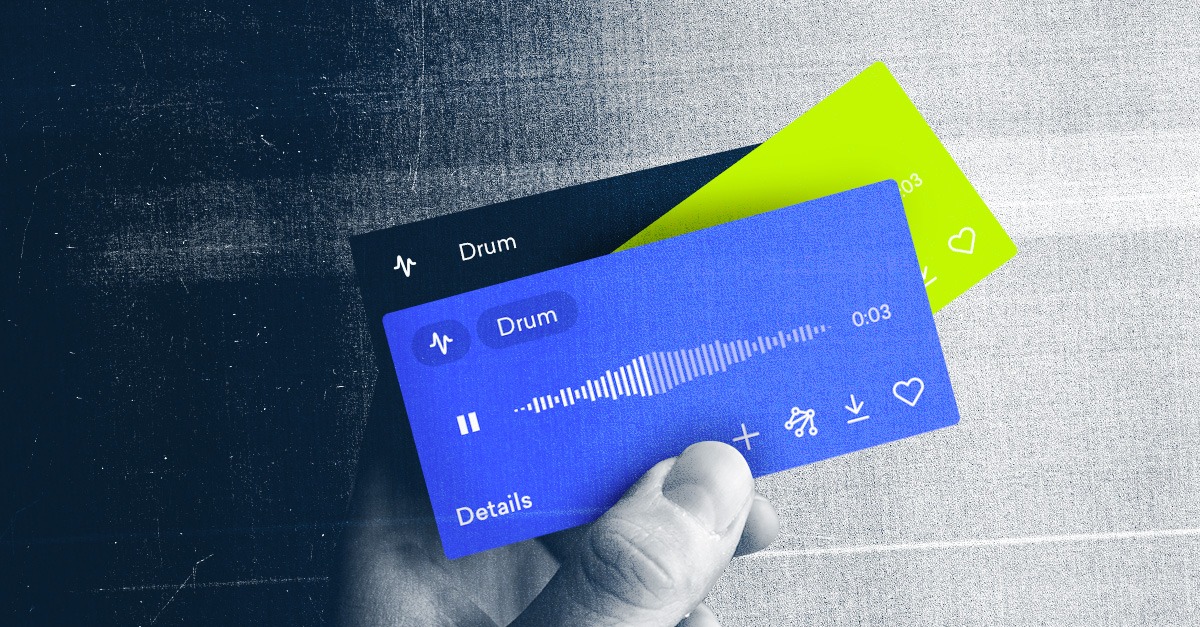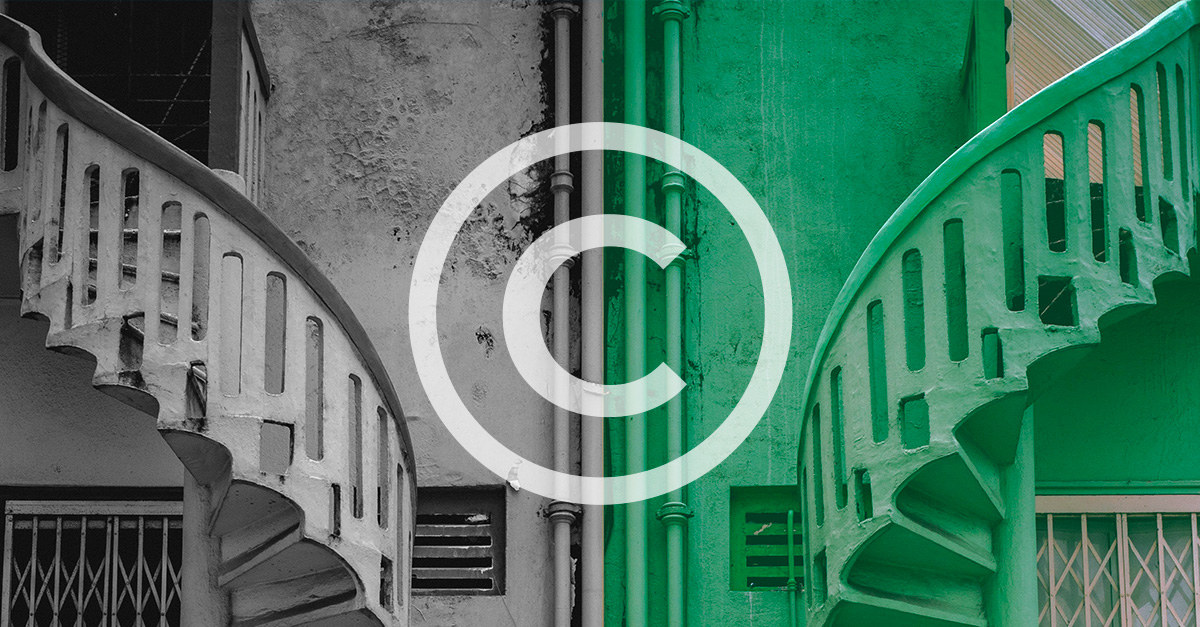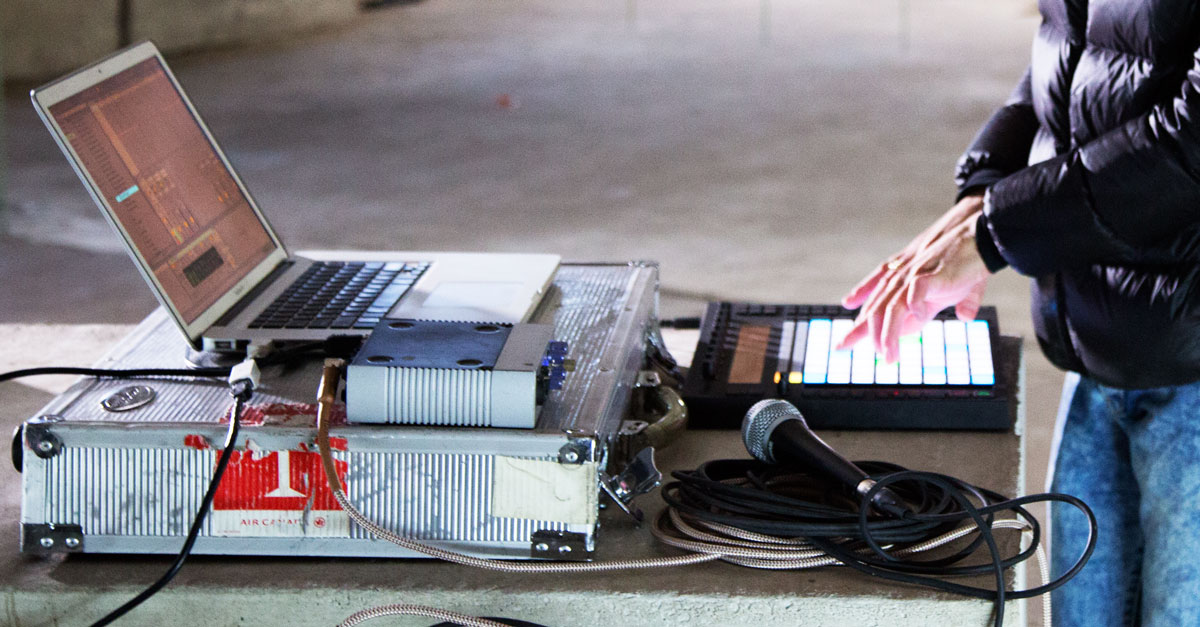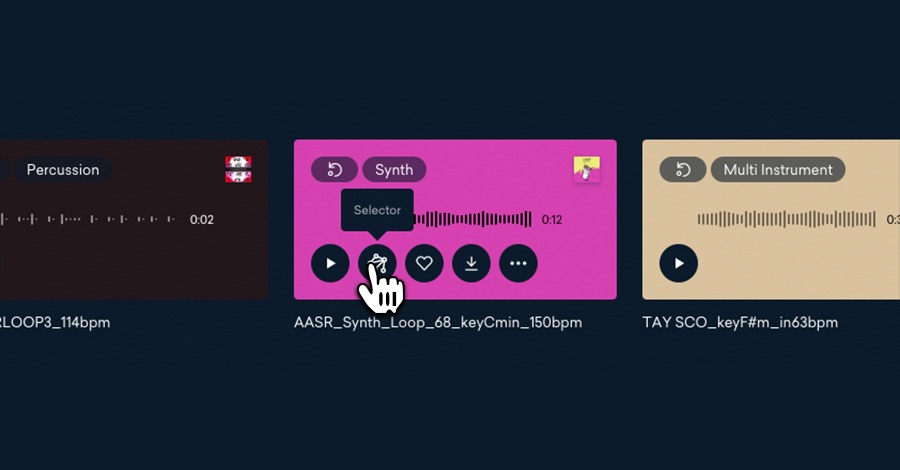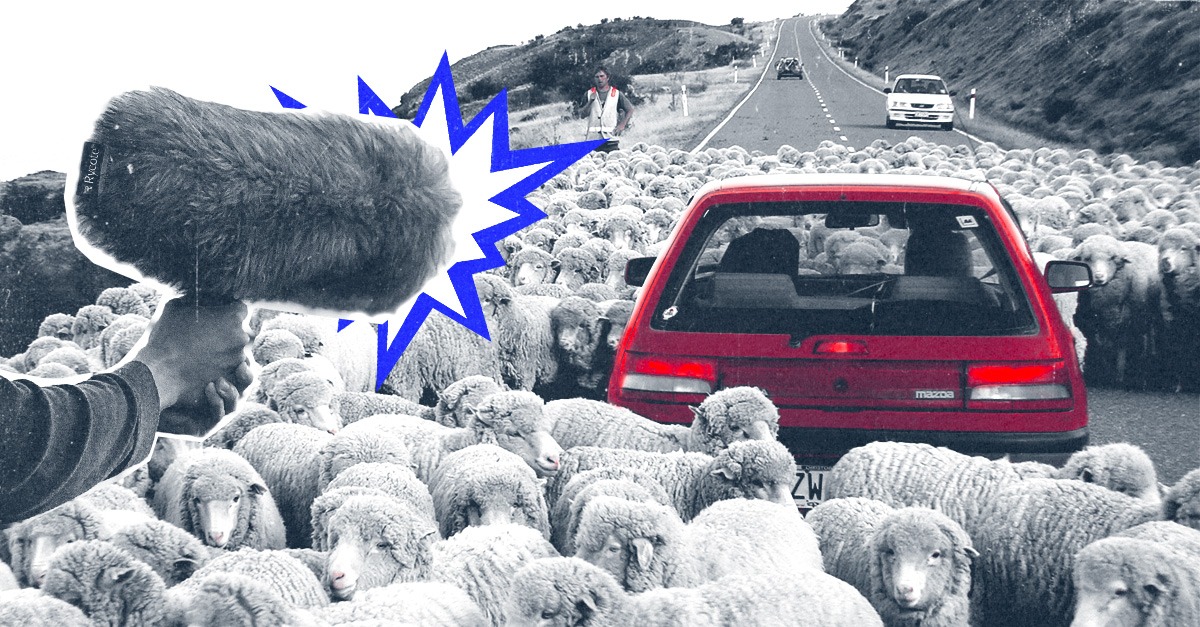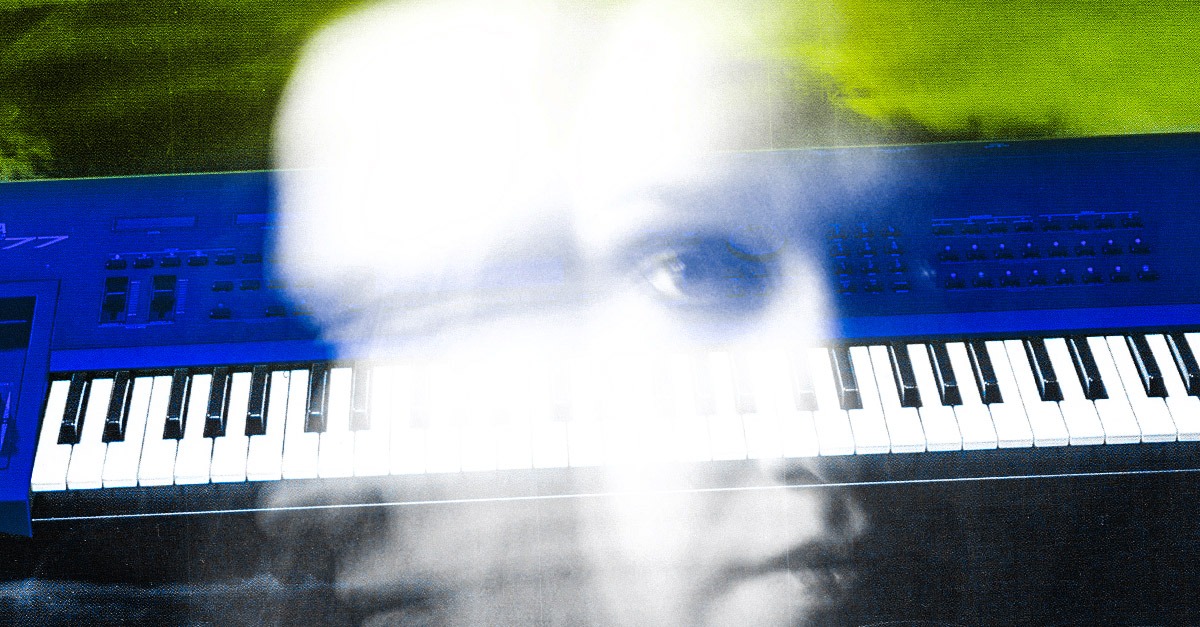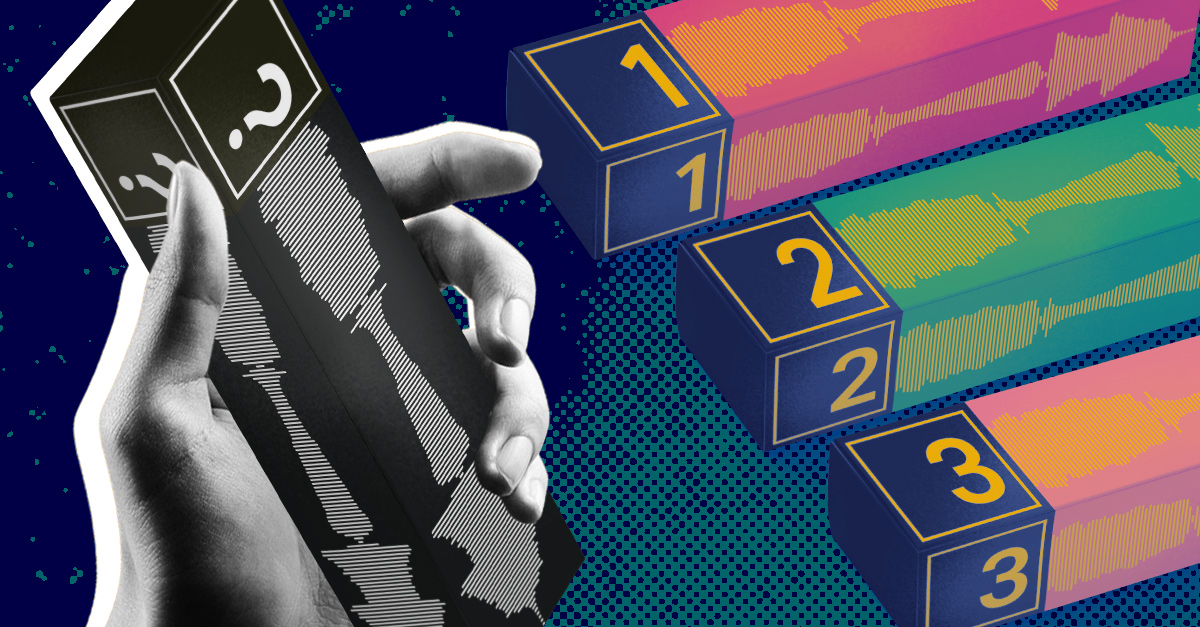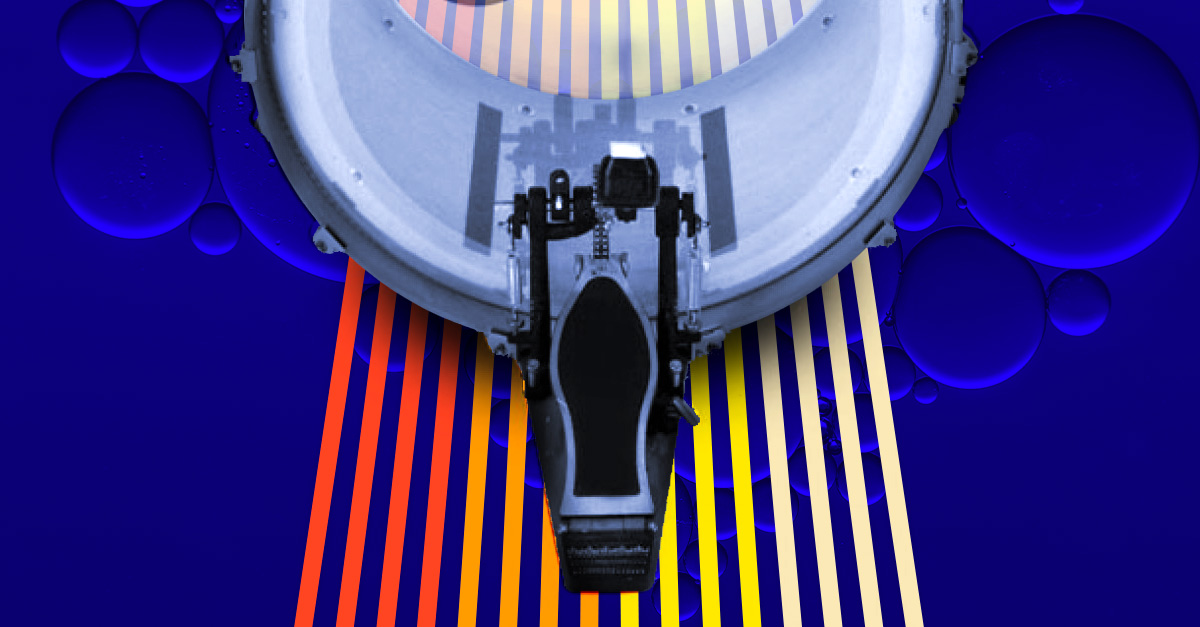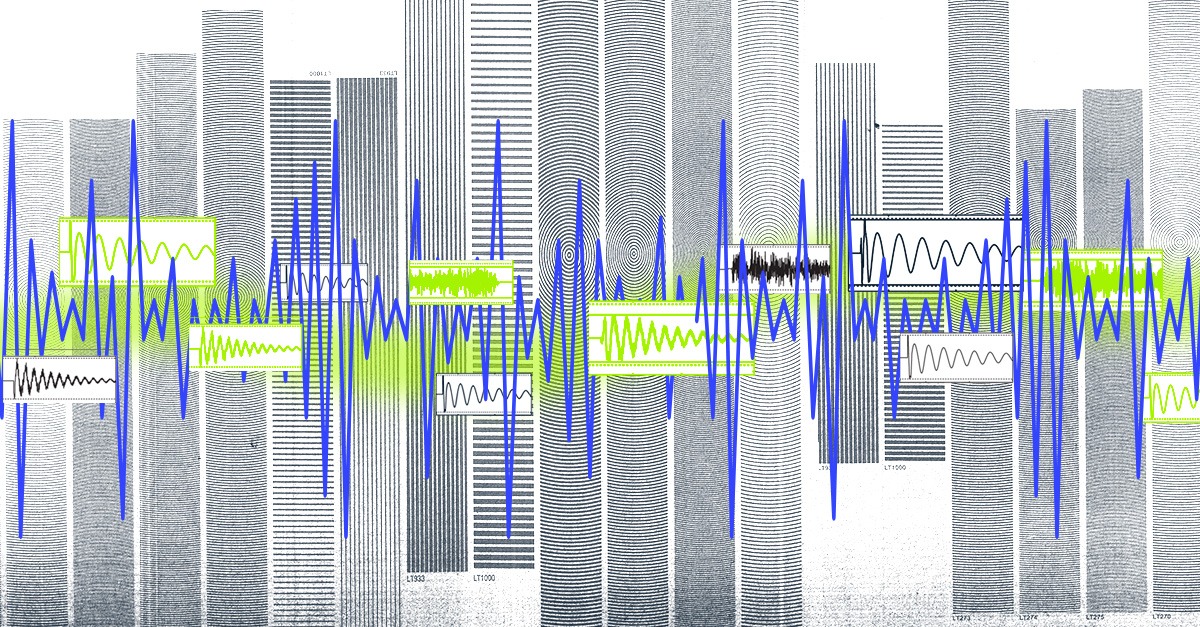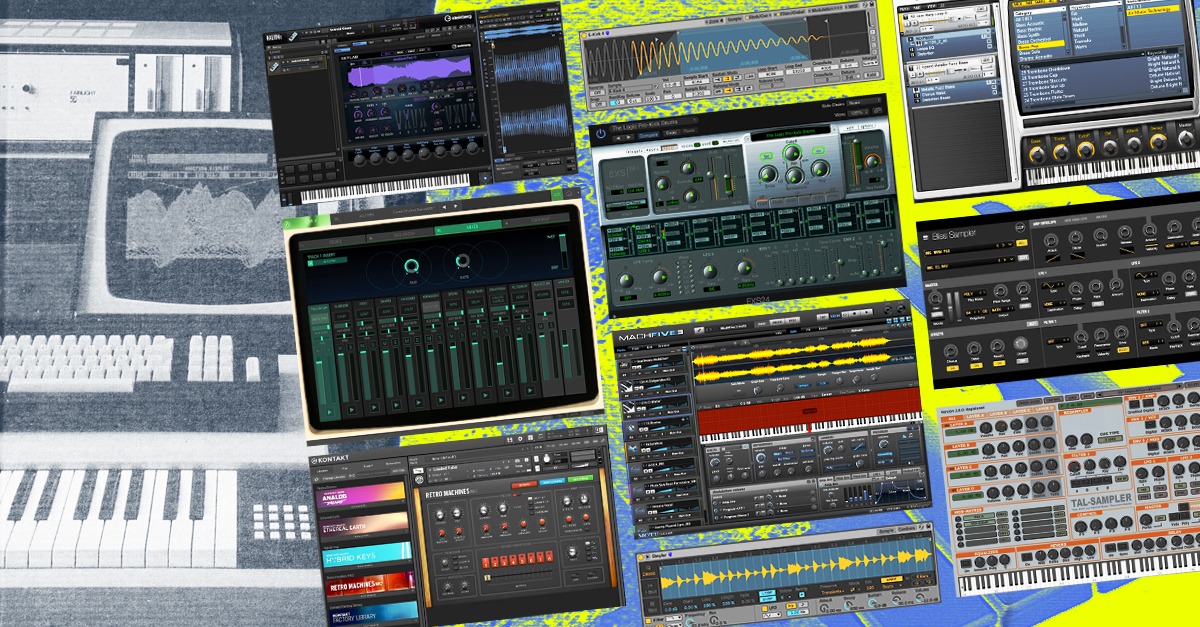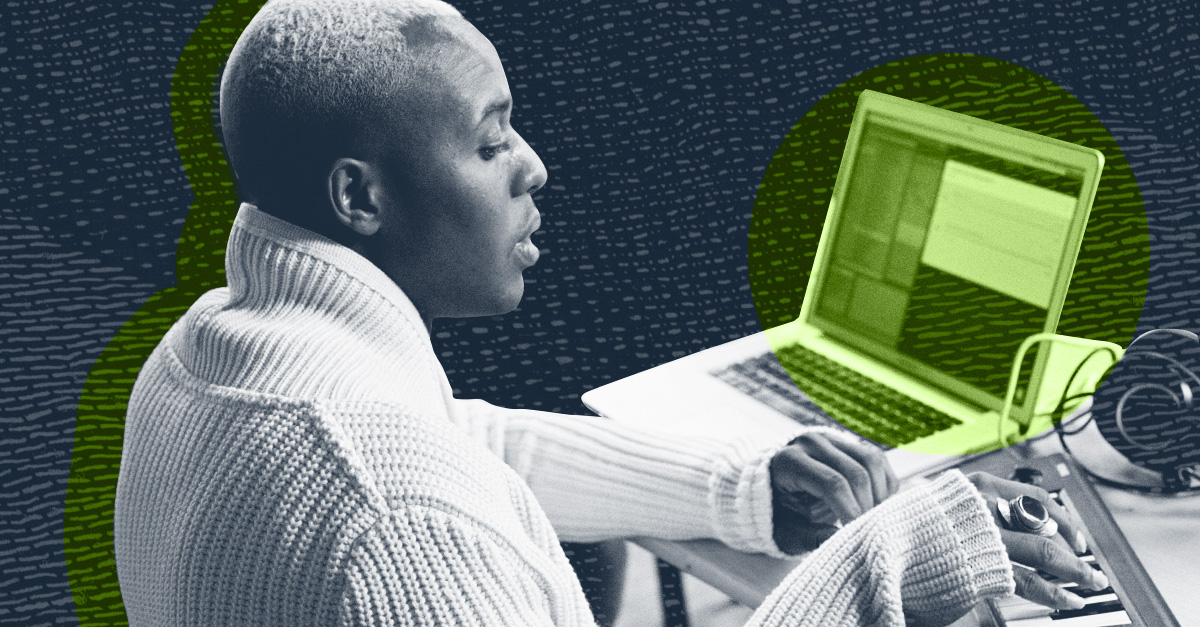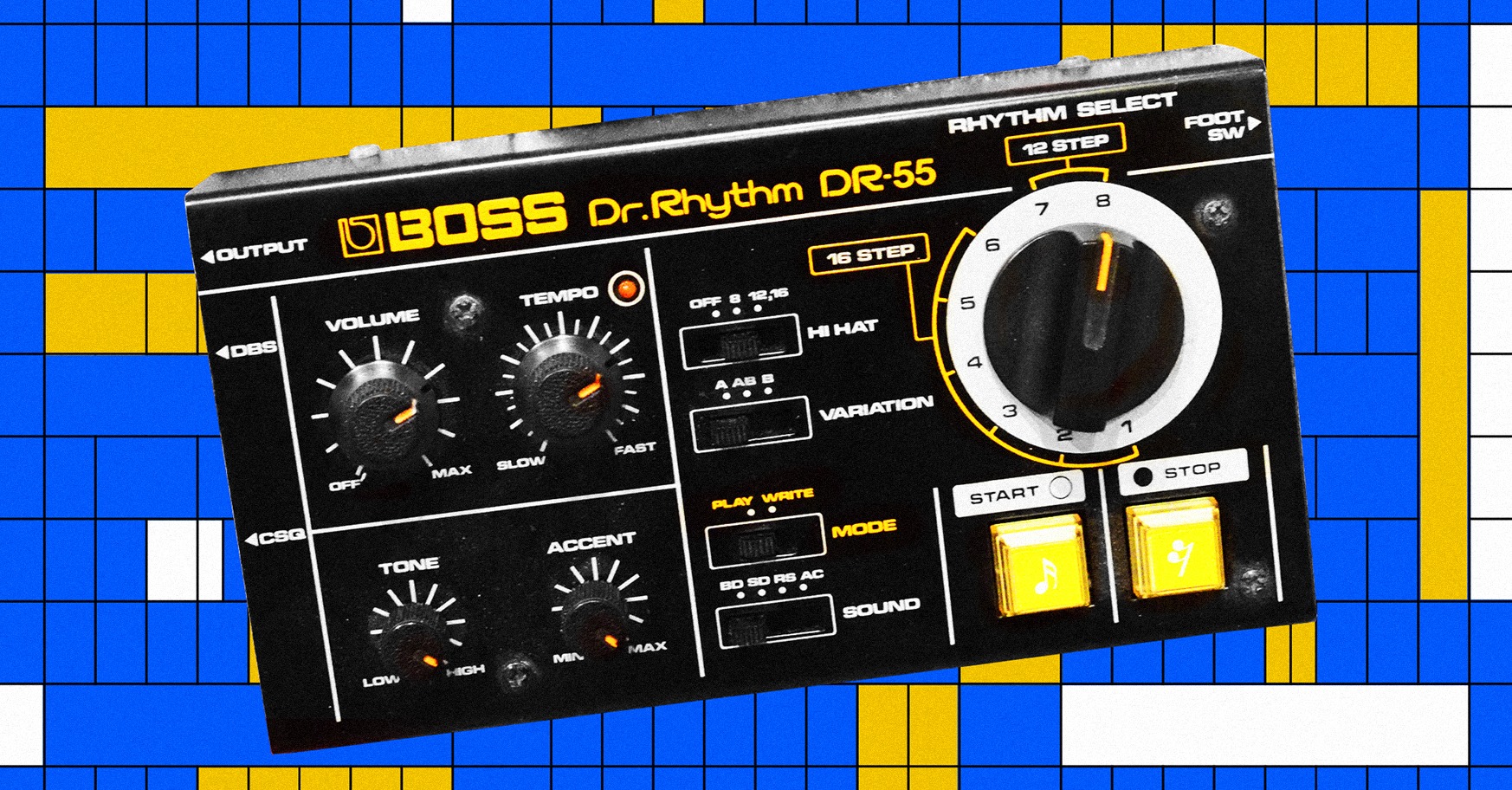Sampling: der komplette Leitfaden
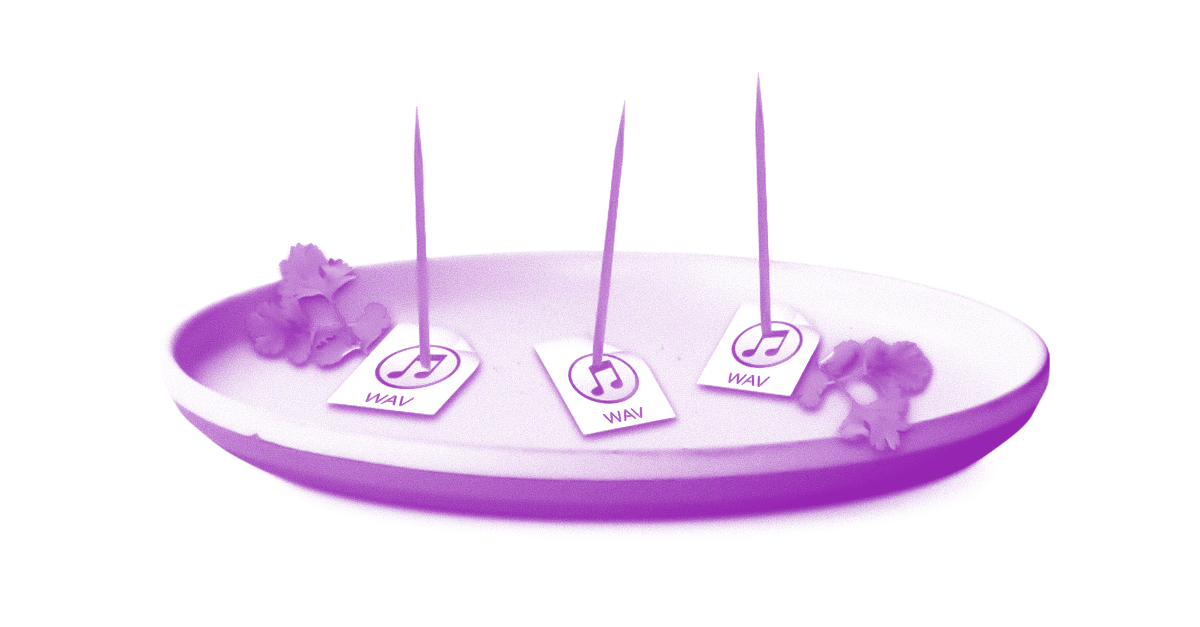
Sampling music is fun, useful, and inspiring.
You hear samples used in almost every genre on the radio.
Making music with samples is an important skill that every producer should master.
With modern sampler plugins, DAW software, and impressive libraries of royalty-free samples it’s easier than ever to use samples in your tracks.
But where do you start?
Knowing where to find samples and how to use them without legal issues is intimidating.
In this guide you’ll learn where to find the best samples, how to use them to make tracks and how to avoid some common mistakes when using samples.
- What can I sample legally?
- Where to find your samples
- How to use samples in your track
- How to sample in your DAW
What is sampling?
Sampling is a music production technique where artists take a section of existing audio and repurpose it into a new creation. Artists will use a hardware sampler such as an Akai MPC, a sampler plugin or their DAW to create a sample. These song snippets are usually looped and modified, sometimes beyond recognition.
Sampling originated in 80s and 90s hip-hop and dance music. But today it’s used in everything from rap, R&B, rock, country, and even modern classical music.
And although some critics have questioned the legitimacy of sampling–the Grammys only recently allowed songs with samples to be eligible for song of the year– so many producers use the technique it would be challenging to find a genre of music that doesn’t use it.
Whether you’re paying homage to the legends of the past or you want to create something unrecognizable and new, sampling is definitely a technique you want in your toolbox.https://blog-dev.landr.com/music-production/
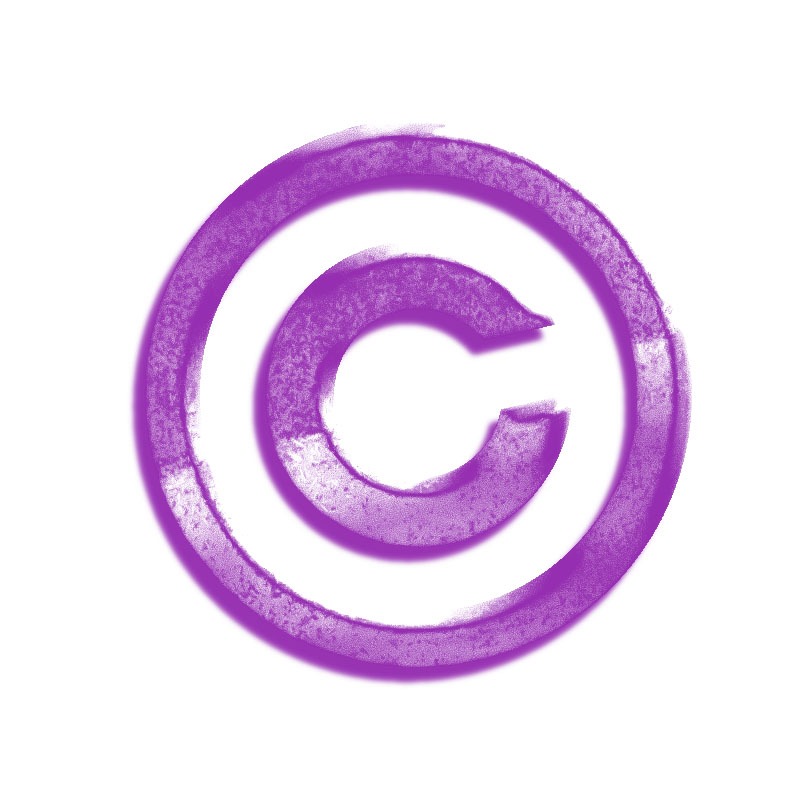
What can I sample legally?
Before we talk about how you can use samples in your music, let’s talk about sampling music legally.
Getting sample clearance is a big topic.
If you don’t clear your samples you won’t be able to digitally distribute your track on streaming platforms like Spotify and Apple Music.
You could even face legal action for using uncleared samples in your tracks.
And even if you do manage to get sample clearance, you’ll still have to give away a percentage of revenue in royalties.
Fortunately, there are plenty of curated libraries with royalty-free samples that you can use in your track.
Separating fact from fiction
There’s plenty of misinformation out there around sampling.
Here’s some copyright facts you need to know to sample smart:
- Sampling any part of a song without clearance is illegal no matter how long the sample is.
- You can’t sample someone’s work even if it was never registered with the copyright bureau.
- Even if you don’t plan on profiting from your music uncleared samples are still off-limits.
- Copyrights expire 70 years after the last surviving author or co-author of the work dies.
- You can’t quote lyrics from another artist in a recording of your own voice.
What are the creative commons?
Creative Commons is an organization that makes it possible for content creators to offer levels of access to use and distribute their work through a variety of licenses.
There are several different licenses in the creative commons. Each of them provide a specific level of access to use, modify and remix content.
You’ll need to pay attention to what Creative Commons license was applied to the work you are using in order to comply with the law.
There are some creative commons licenses that allow anyone to use, modify, and distribute a particular work.
How Sample Clearance Works:
The Business of Borrowing Sound
How to Copyright Music: What is Music Copyright and Why it Matters
How to Use Samples in Your Tracks Without Getting Sued
Where to find your samples
With copyright law out of the way let’s take a look at a few places to find samples.
Free sample packs and websites
There are plenty of websites where you can find free sounds that are in the creative commons.
You also might find samples you like in a free sample pack.
Here’s a few free sample packs you’ll find interesting:
- Emotive Trap and Hip Hop
- 50 Best Free Synth Samples
- 40 Best Free Piano Samples
- 50 Best Free Guitar Samples
Use a curated, royalty-free sample library
Free and copyright cleared samples are great. Wasting studio time wading through thousands of samples isn’t.
No one wants to spend hours going through 300 kick drums. And let’s face it— free samples aren’t always the best.
Using samples is only fun if you can actually find what you need to make your track.
Luckily there are some great options for getting awesome samples at a very low cost.
Curated sample libraries are the best way to find good samples because they are home to packs of samples that complement one another.
LANDR Samples
LANDR Samples is a great resource with millions of curated samples.
When you find a sample you like, hit the Selector option and LANDR will offer AI curated recommendations for what goes best with that sample.
Selector makes it possible to quickly identify and match samples from LANDR’s extensive sample library.
LANDR also is home to artist-curated sample packs that make it easy to start a song with a sample.
Sample yourself and the world around you
Creating your own samples is just as fun as using the ones from libraries and sample packs.
Grab your field recorder and snag some ambient samples from a nature walk!
Or jam with yourself on your instrument, record the whole session and take the juiciest bits.
Self-sampling is a good way to get around clearance issues since you can modify anyone’s work by creating a personal rendition.
Some of the coolest instrumental hip-hop today comes from self sampled work.
Remember that chord progressions cannot be copyrighted, so inspire yourself with a cool chord progression for your sample!
How to Use Selector to Find the Right Sample Faster
Field Recording: 10 Ways to Use Found Sound in Your Production
10 Emotional Chord Progressions Every Producer Should Know
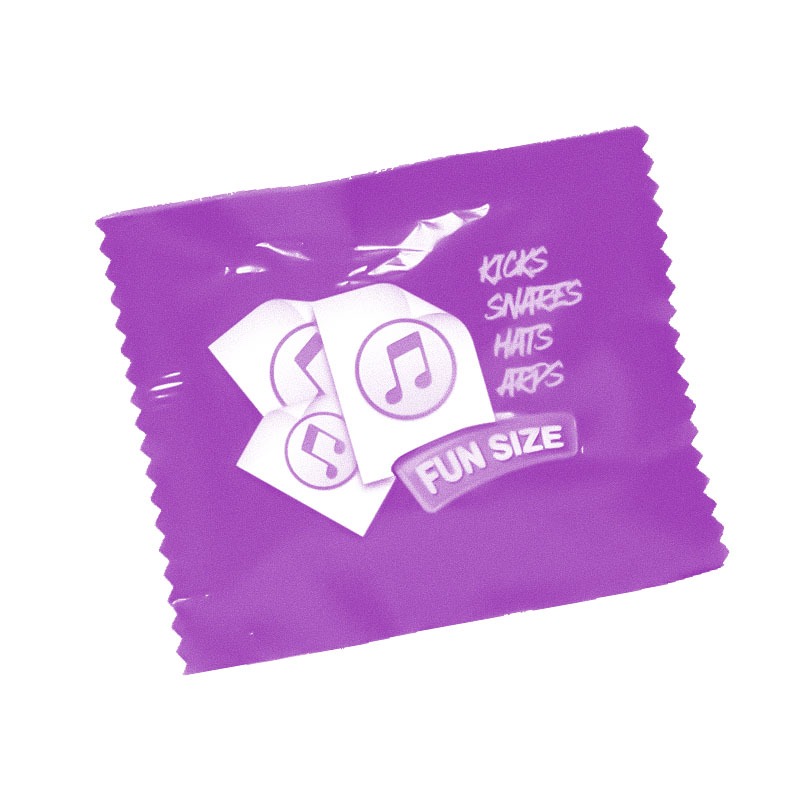
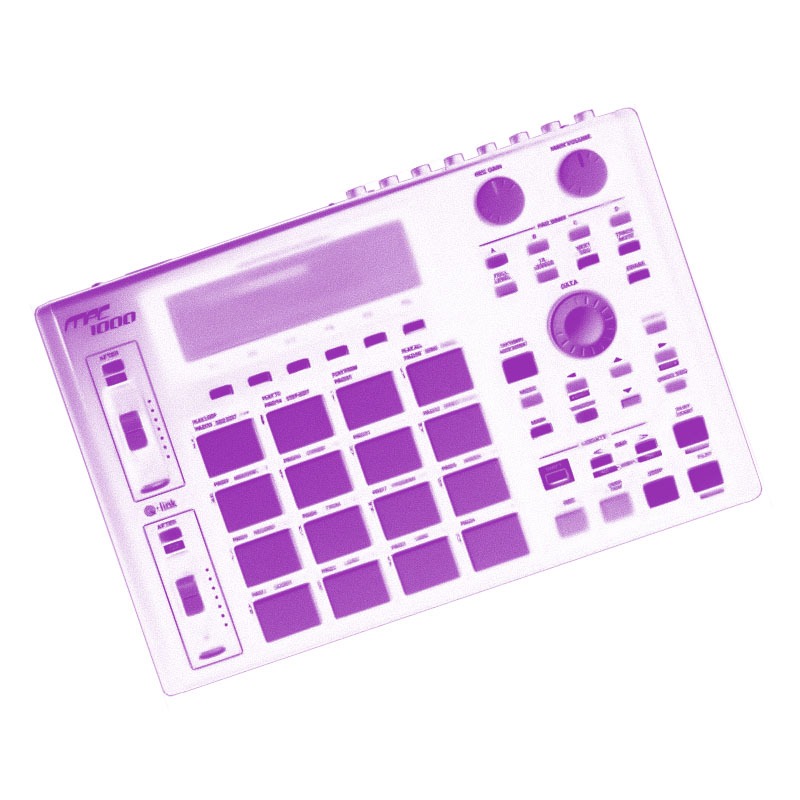
How to use samples in your track
Having access to a library of royalty free samples opens up creative opportunities to experiment with interesting textures and flavours.
An instrumental track might benefit from a chopped and screwed vocal take.
If your drum track sounds thin, sample replacement can help to fatten up your drum loop.
Finding that perfect kick sample can really make your track thump.
Sometimes a track needs an ambient SFX sample floating in the back ground to add a extra layer of depth.
Listen to your arrangement and try to hear what the track is missing. Be creative!
And to get away from sounding like everyone else listen to what your track needs and blend the samples in properly.
Follow the key signature
Always try to match the key of the sample to the key of the track you are working on.
To make it easy sample libraries often tag the key in the name of the sample and there are key finding tools that can help too.
Having a little bit of ear training practice under your belt can help you know how to transpose the sample.
Pay attention to the mix
You’ve found the sample that your track needs and you’re comfortable with how it fits into the arrangement.
Now it’s time to fit the sample nicely into your mix.
Make sure your samples are prepared properly to make your mix process easier.
If you’re stuck there are a few sample processing techniques that can help if something in your mix isn’t working.
How to Creatively Use Sample Packs Without Sounding Like Everyone Else
How to Choose the Perfect Kick Sample for Your Track
Ear Training: Theory Tips for Using Samples Better
7 Unique Ways to Process Samples for a Better Mix
How to sample in your DAW
Now that you’ve found a sample and you’re 100% sure you have the right to legally use it, it’s time to get into your DAW.
You may be wondering how to create a sample in your DAW.
In general sampling workflows are usually the same between DAWs.
Often it’s as easy as dragging and dropping the snippet of audio into your track timeline.
With a little bit of cutting and chopping you can make your sample work in your track.
Most DAWs come stock with a sampling tool. But if you don’t like the one your DAW came with there are plenty of great sampler VST plugins that you can try.
The most difficult part is making sure the key and tempo of your sample matches your track and fits nicely. It takes time and practice to get good at this.
To get you started, here’s a few tips on getting started sampling in some popular DAWs.
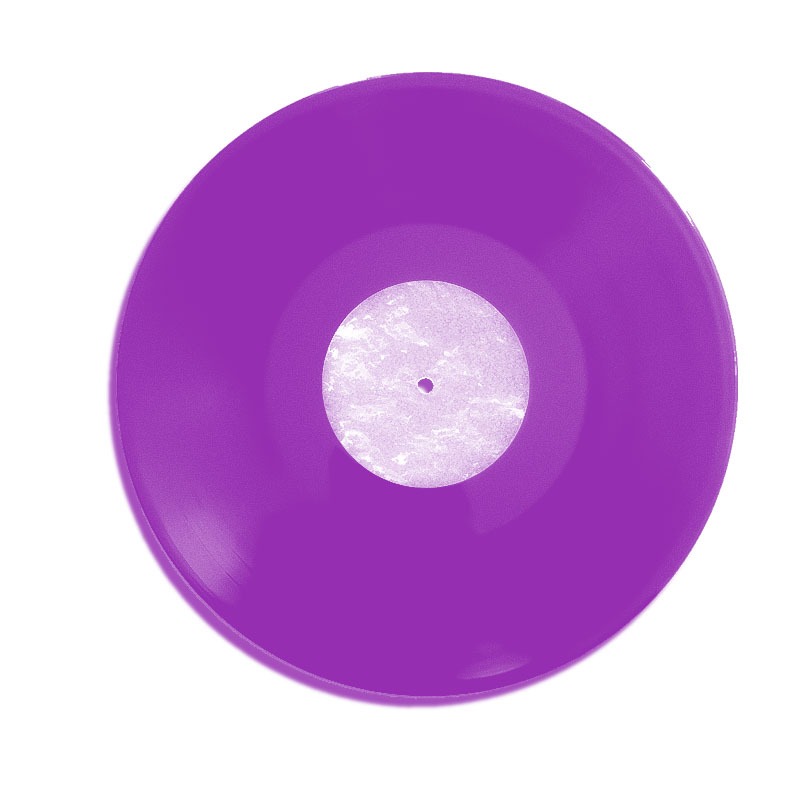
How to Sample in Ableton
Ableton’s entire workflow is based on sampling. Any audio clip you use in Ableton can be treated like a sample with its Warp feature.
Ableton makes it possible to adjust the timing of a track with warp markers that you can click into a track and slice it up.
Once your warp markers are set, all you have to do is right-click on the track you tagged and slice the track into a new MIDI track.
You can also use Ableton’s dedicated sampler plugins to do your sampling.
Simpler is Live’s most straightforward sampling tool. It only loads a single sample at a time, but don’t let that fool you. It’s a super creative tool for slicing and playing back samples.
Sampler is Ableton’s full featured sampler plugin. Sampler is suitable for everything from basic sampling tasks to realistically simulating acoustic instruments
However you prefer to work, Ableton Live has powerful workflows to integrate samples.
How to Sample in FL Studio
To sample in FL Studio, start by dropping the song you want to sample straight into a track.
Find the section of the song you want to sample and open up the Edison tool under your first empty FX slot.
Hit the record button and roughly record the sample into Edison. Once you have the sample recorded you can edit and trim down the clip into to the exact sample you need.
Click the drag icon and drag the sample to where it needs to go.
Compatible locations to drop a sample include any track channels, Fruity Slicer, DirectWave, or the Playlist.
You may also want to adjust the EQ, speed, and pitch of the sample according to the context of the track after dropping it into the track.
How to Sample in Logic
The most common way to start sampling in Logic is by chopping up your samples and using them directly in your DAW timeline.
But if you want to map your samples to a MIDI controller or keyboard you’ll get more control by importing your samples into Alchemy or EXS 24.
Right-click the track you want to sample, select Slice at Transient Markers, and Logic will automatically cut up the track.
Highlight the chopped samples you want to play and select Convert to New Audio Files and save the samples to a new audio file.
Once you’ve created the audio file open Alchemy, select the advanced tab, click on Source A and select import audio.
If you want to play one sample pitched up and down on a MIDI keyboard, select the sample you like from that folder and click import with the mapping set to “pitch”.
If you prefer to play a group of samples mapped to a MIDI controller select the samples you want and import them with the mapping set to “drums”.
Alternatively, you can right click on a sliced track and select convert to new sampler to import directly into EXS24.
How to Sample in Cubase Elements
Sampling in Cubase is best done within its Sampler Control track.
The Sample Control track comes with it’s own sample library known as Kaleidoscope, but you can also use any audio file from your hard drive.
Just drag and drop any sample from the sample library into the sampler control track and Cubase will automatically map the sample to your MIDI keyboard.
The Sampler Control track offers many options for adding effects and modifying any sample you use.
The 10 Best Sampler VSTs for Music Producers
The 10 Best DAW Apps in the World Today
How to Build a Beat From Scratch In Your DAW
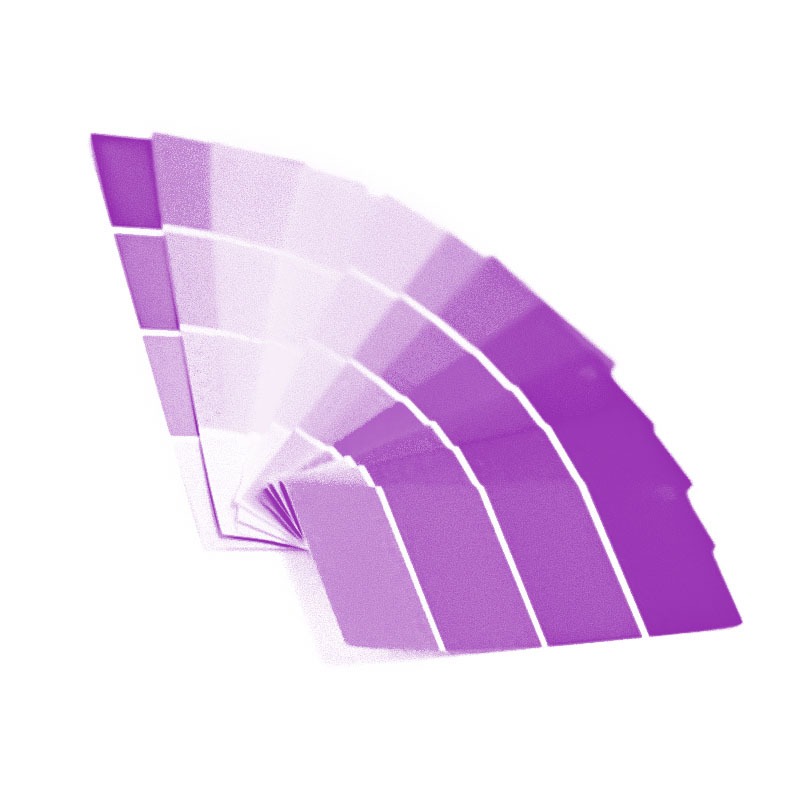
Get inspired and start your sampling journey
Sampling is one of the most exciting parts of music production today. It changes the way you listen to music and can expand your musical taste.
Who doesn’t love the idea of finding a gem and making it into something special and new.
There are so many ways to learn and get inspired. Check out Rhythm Roulette on Mass Appeal if you want to see the masters at work or LANDR’s Sample and Hold series.
Now that you know where to find good samples and use them in your DAW the only way to get better is to practice using them in your own tracks.
So get out there, good luck, and don’t break the law!
